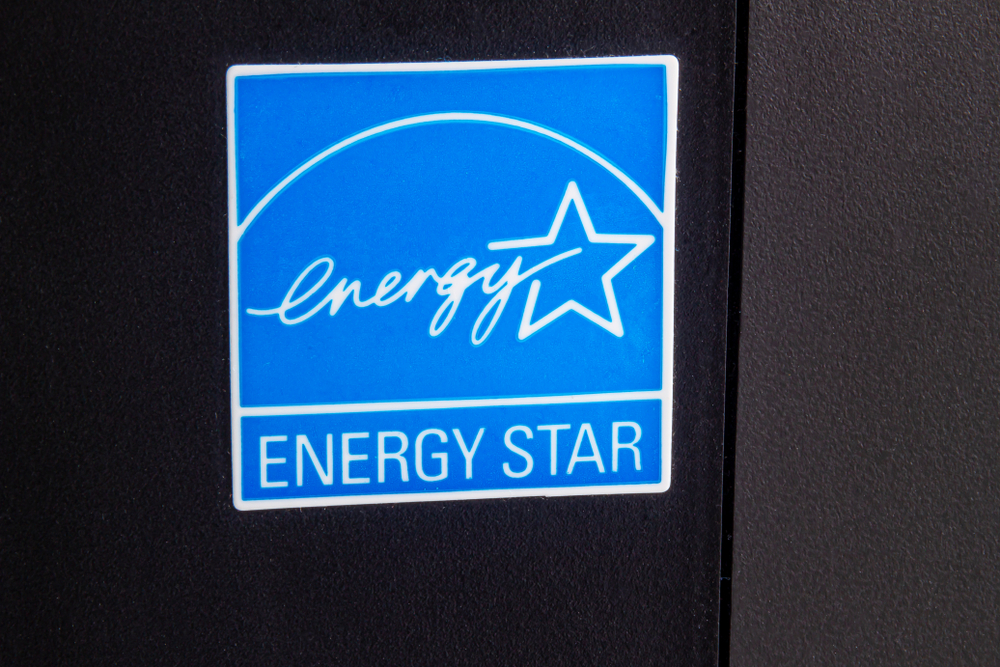What’s an ENERGY STAR Rating & Is It Worth It?
When shopping for a new refrigerator or washer and dryer, you’ll likely notice a blue ENERGY STAR label that’s common among household appliances today. But do these products result in true environmental efficiency and household savings? Is it worth it to replace old appliances with new ENERGY STAR-rated models?
Read on to discover how products earn an ENERGY STAR rating and what that means for your bottom line.
ENERGY STAR Labels
Developed in 1992 by the U.S. Environmental Protection Agency (EPA), the ENERGY STAR program seeks to reduce energy consumption, decrease pollution, and ensure energy security. The EPA created federal guidelines in order to rate appliances, homes, and commercial buildings and industries regarding their energy efficiency.
The EPA’s ENERGY STAR criteria include:
- Significant energy savings nationwide
- Delivering promised features and performance to customers with added energy efficiency
- If the certified product costs more up front than the conventional, less-efficient product, consumers will recover those costs with energy-efficiency via utility bill savings over a reasonable period of time
- The energy and performance can be measured and verified
- Labeling is visible for purchasers and easily differentiates products
- The technologies for energy-efficiency are broadly available from more than one manufacturer and are non-proprietary
The EPA can revise specifications, including if technology advances or 50% of products in one category achieve an ENERGY STAR rating. Each product has its own set of standards, such as different water conservation requirements for dishwashers and a washing machine for clothes. Beyond appliances and electronics, homes and buildings can also be inspected and evaluated for ENERGY STAR status.
Not to be confused with the blue ENERGY STAR sticker, the yellow Energy Guide label provides consumers information regarding the actual energy usage of the appliance under average conditions. This label helps purchasers when they comparison shop. In contrast, the ENERGY STAR labels aren’t simply an informational sticker, but earned through qualified testing and strict standards.
Real Energy and Budget Savers
When it’s time to replace an appliance, does it really make a difference to buy ENERGY STAR products? Even if the upfront cost is more than its conventional counterpart, four decades of data says, “yes!” Your initial investment can be recouped in a few short years with annual energy savings (estimated at 10%-20%), plus a lighter environmental impact.
Consider these savings from ENERGY STAR products:
- $50 a year with a smart thermostat
- $350 a year for a heat pump water heater (in a household of four individuals)
- 15% more efficient refrigerators
- TVs using 3 watts when turned off, compared to 6 watts for standard non-ENERGY STAR TVs
- $450 a year on household energy bills
According to the EPA, the cumulative impact of the ENERGY STAR program helped consumers in 2020 alone save 240 billion kilowatt-hours of electricity, avoid $24 billion in energy costs, and achieve 180 million metric tons of greenhouse gas reductions.
When it’s time to shop for new appliances, don’t overlook the blue ENERGY STAR labels. Determine if you can afford the potential upfront costs, and enjoy saving money every year on your electricity bill. You can find a list of ENERGY STAR products here.
Payless Power, a retail electric provider in Texas, also offers energy-savings ideas and affordable electricity plans. Learn more about our no-deposit plans that are hassle-free to set up and allow you to pay for electricity in advance each month at your convenience.
What our customers are saying
See why our power customers say we're the best electricity provider in Texas!
I was worried about getting electricity for my home through a prepaid company. I was calling around to see different rates then going through all the hassle of credit checks while dropping points each…
I have been with this company for several years and have been very happy since. Even when I moved, they made my usually stressful situation very easy and carefree. I recommend them to everyone that I…
I have enjoyed the service for 2 years now. In the beginning this service was planned to be temporary but with the service being so effective for me i decided to keep it for the long haul. I’m a happy customer.








